Disclosure: This article contains affiliate links. We may earn a commission from purchases at no extra cost to you, which helps our travel content.
As someone who's spent countless hours poring over historical documents in my work as a public defender, I've developed a deep appreciation for the stories hidden between the lines of more obvious narratives. London, with its layers upon layers of history, is the perfect canvas for this kind of exploration. While millions flock to Westminster Abbey and the Tower of London each year (and for good reason!), there's something magical about stepping away from the crowds to discover the quieter corners where history whispers rather than shouts. On my recent trip with my law school friend Elena, we made it our mission to uncover these hidden historical gems—places where you can actually hear yourself think while absorbing centuries of fascinating stories. This guide shares our discoveries, perfect for couples seeking meaningful connections with London's past without fighting through tourist hordes.
The London Mithraeum: Ancient Rome Beneath the City's Streets
Tucked beneath Bloomberg's European headquarters lies one of London's most remarkable archaeological discoveries: a Roman temple dedicated to the mysterious god Mithras. What makes this site exceptional isn't just its age (dating back to around 240 CE) but the immersive experience created around it.
When Elena and I descended into the subterranean exhibition space, we were immediately transported through time. The temple remains are presented through an atmospheric sound and light display that recreates the essence of this once-sacred space. As mist swirled around the temple foundations and the sounds of ancient worship filled the air, I couldn't help but think about how this space—once the center of a secretive cult—now sits beneath one of the world's financial powerhouses.
What struck me most was the collection of over 600 Roman artifacts discovered during excavations, including the earliest known handwritten document in Britain—a financial record that reminded me of the countless legal documents I review daily, though considerably older! The wooden writing tablets, preserved in the mud of the ancient Walbrook River, offer intimate glimpses into everyday Roman life in Londinium.
Perhaps most impressive is that this world-class archaeological site is completely free to visit, though booking ahead online is essential. I recommend using the London Pass to combine this with other historical sites, as it helped us maximize our exploration time and budget throughout the week.
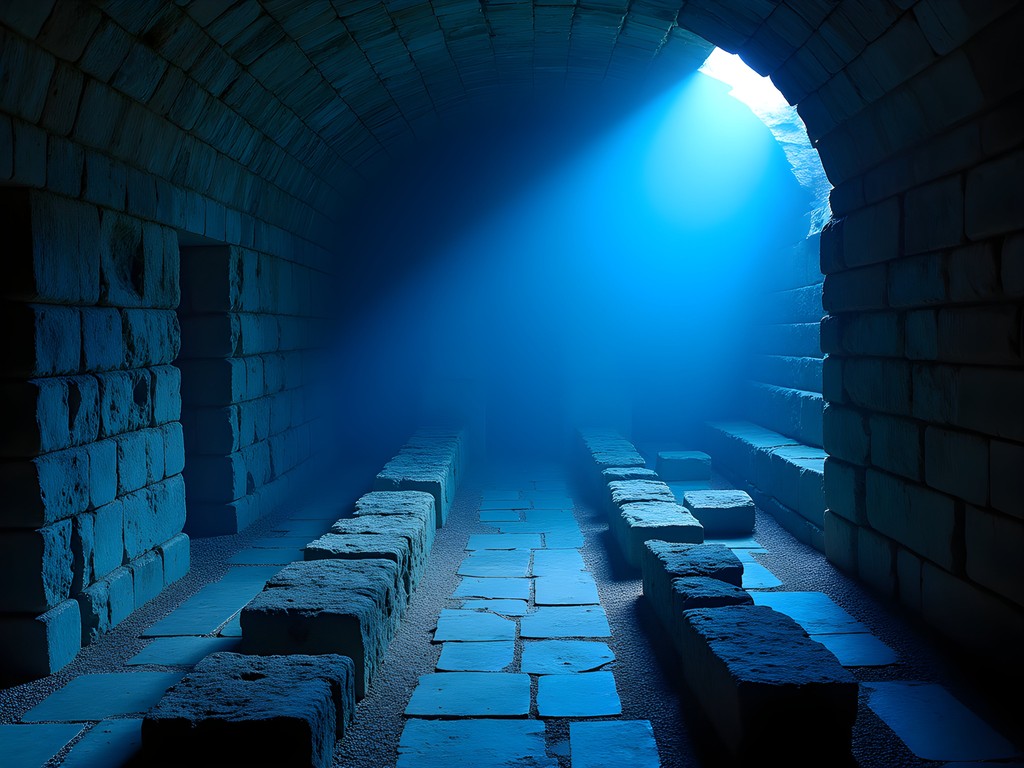
💡 Pro Tips
- Book your free tickets online at least a week in advance
- Visit during weekdays for a quieter experience
- Download the Bloomberg Space app before your visit for enhanced information
Crossness Pumping Station: Cathedral of Sewage
As someone who's spent years advocating for public infrastructure improvements in underserved communities, visiting Crossness Pumping Station was both a professional fascination and a visual feast. This Victorian masterpiece—often called the 'Cathedral of Sewage'—represents one of humanity's most important but least celebrated achievements: effective sanitation.
Built between 1859 and 1865 as part of London's response to 'The Great Stink' and devastating cholera outbreaks, this extraordinary industrial cathedral features some of the most ornate ironwork I've ever seen. The main Beam Engine House is a riot of color and intricate decorative cast iron that would make even the most elaborate Gothic cathedral envious. It's a powerful reminder that Victorians saw beauty and dignity in even the most utilitarian public works—something our modern cities could learn from.
During our visit, a volunteer engineer explained how the four massive beam engines (aptly named Victoria, Prince Consort, Albert Edward, and Alexandra) once lifted tons of London's sewage to prevent it from flowing back into the Thames. As he spoke, I couldn't help drawing parallels to my work in public defense—both involve systems designed to protect society's most vulnerable, operating largely unseen until they fail.
Crossness only opens on specific days for public visits, so planning ahead is essential. The journey to Abbey Wood in southeast London takes about 40 minutes from central London, and I recommend bringing your compact binoculars to appreciate the intricate ceiling details and spot the charming Victorian motifs hidden throughout the ironwork.
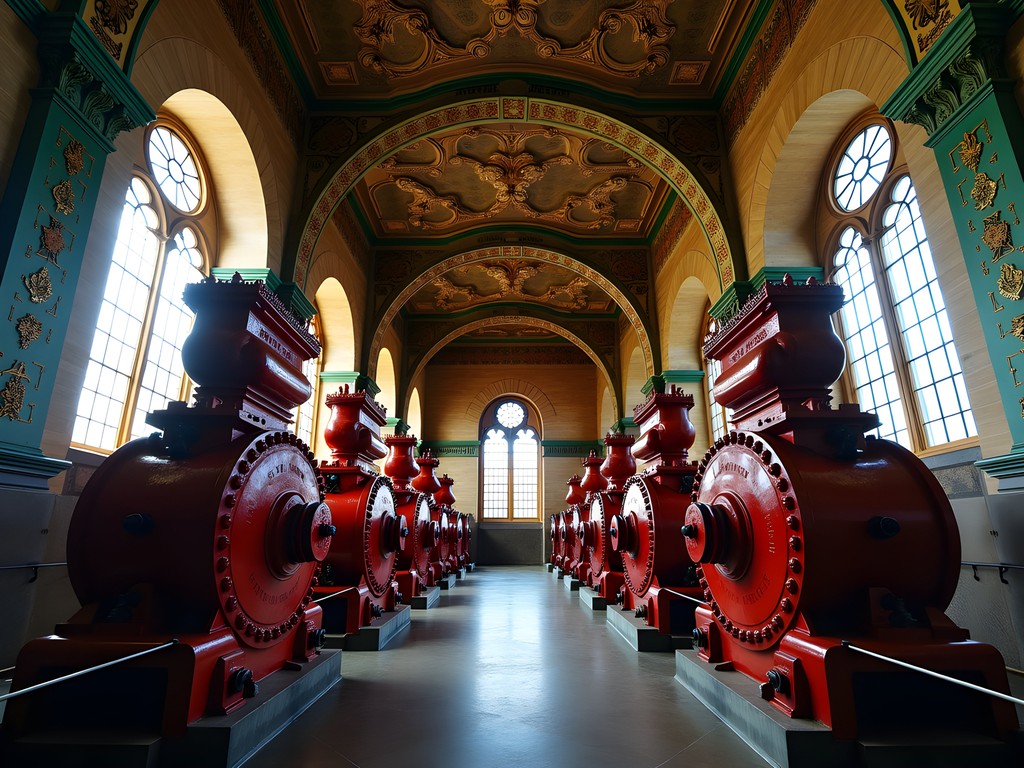
💡 Pro Tips
- Check the Crossness Pumping Station website for limited opening dates
- Wear comfortable shoes as the floors are uneven in places
- Bring a light jacket as the interior can be cool even in summer
The Painted Hall at the Old Royal Naval College
While Greenwich itself is hardly a secret, many visitors miss what's been called 'Britain's Sistine Chapel'—the breathtaking Painted Hall at the Old Royal Naval College. After a major restoration completed in 2019, this baroque masterpiece now shines with a brilliance not seen since it was completed in 1714.
When Elena and I first stepped into this vast space, we actually gasped aloud. The ceiling and wall paintings by Sir James Thornhill represent 19 years of painstaking work—a massive visual allegory celebrating Britain's naval power, scientific achievements, and royal succession. As a lawyer who spends hours analyzing details, I was mesmerized by the political symbolism and propaganda woven into every square inch.
What makes this experience special is the mirror trolleys provided to visitors—lying on your back and rolling slowly beneath the ceiling paintings provides a neck-friendly way to study the intricate details overhead. I spent nearly an hour identifying the historical figures, mythological references, and subtle political messages throughout the work.
The adjacent King William Undercroft has been transformed into a visitor center where you can learn about the conservation process and the techniques used to create these remarkable paintings. For photography enthusiasts, I highly recommend bringing a wide angle lens to capture the full grandeur of the space—my standard lens simply couldn't do it justice.
The Painted Hall receives a fraction of the visitors that crowd the major central London attractions, making it perfect for couples seeking a more contemplative experience. We visited mid-afternoon on a Thursday and practically had the place to ourselves, allowing us to discuss the artwork without competing with tour groups.
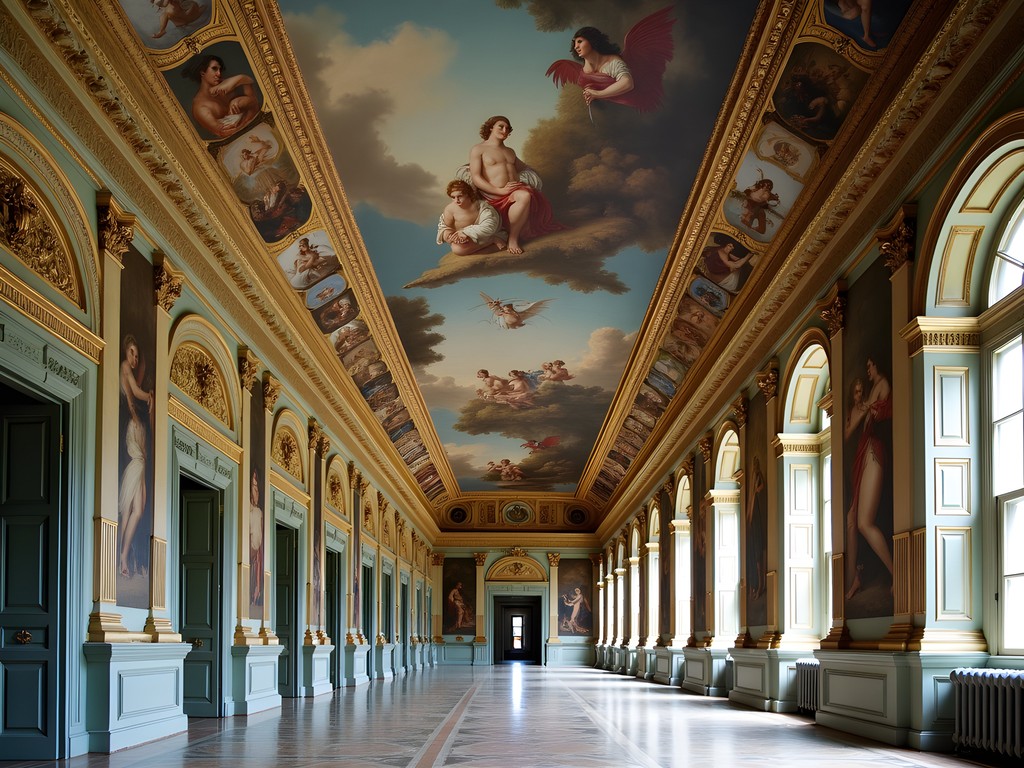
💡 Pro Tips
- Use the free mirror trolleys to view the ceiling without straining your neck
- Allow at least 90 minutes to fully appreciate the paintings and exhibition
- Combine with a visit to the nearby Queen's House and Royal Observatory for a full Greenwich day
The Charterhouse: A Hidden Medieval Monastery
Nestled in Smithfield, just steps from the bustling Barbican, lies one of London's most overlooked historical treasures: The Charterhouse. This former Carthusian monastery, later a Tudor mansion and school, now serves as an almshouse for elderly gentlemen (known as Brothers) while sharing its remarkable history with visitors.
What makes The Charterhouse special is its continuous occupation since 1371, surviving the Reformation, the Great Fire, and the Blitz to emerge as a living time capsule of English history. When Elena and I joined the guided tour led by one of the resident Brothers, his personal connection to the place added a dimension no standard museum could offer—this wasn't just history, but his home.
The tour took us through the Great Hall where the Brothers still dine together, the Norfolk Cloister with Tudor brickwork bearing the scars of WWII shrapnel, and the peaceful Master's Court where Elizabeth I stayed before her coronation. As we walked through the ancient doorways and cloisters, I was struck by the parallels between this community and the close-knit neighborhoods I serve in Philadelphia—both demonstrating how physical spaces shape human connections across generations.
The small museum brilliantly contextualizes the site's evolution from monastery to mansion to school to almshouse, with archaeological finds including a Black Death plague pit discovered beneath the grounds. For history lovers, I recommend bringing a travel journal to record the fascinating historical details our Brother-guide shared that you won't find in guidebooks.
After our tour, we enjoyed tea in the public café overlooking the gardens where monks once meditated. The Charterhouse only opened to the public in 2017 after centuries of privacy, making it one of London's newest old attractions—and still delightfully uncrowded.
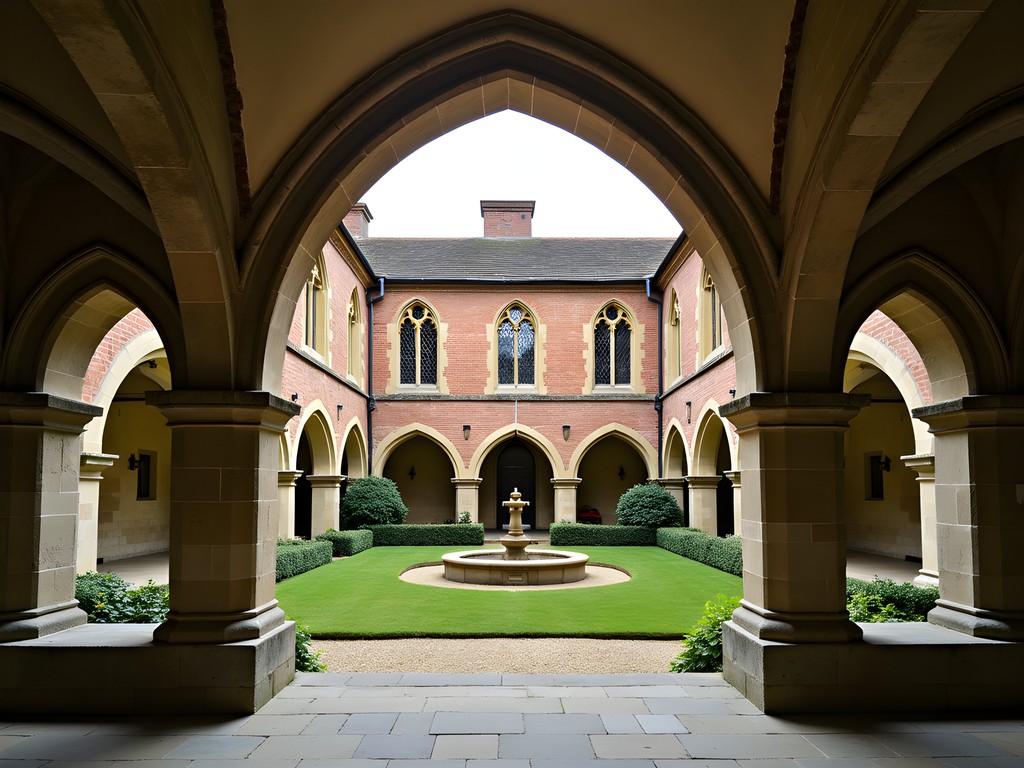
💡 Pro Tips
- Book a Brother-led tour for the most authentic experience
- Visit the nearby Smithfield Market and St. Bartholomew the Great church to understand the historical context
- Check their website for special evening events and concerts in the chapel
Postman's Park: Memorial to Everyday Heroes
Hidden just steps from St. Paul's Cathedral lies one of London's most moving and overlooked memorials. Postman's Park earned its name from postal workers who once lunched here, but today it's known for the extraordinary Watts Memorial to Heroic Self-Sacrifice—a covered gallery of ceramic tablets commemorating ordinary people who died saving others.
As someone who witnesses both the darkest and most uplifting aspects of humanity in my work as a public defender, this modest memorial struck a profound chord. Created by Victorian artist G.F. Watts, the memorial features hand-painted ceramic tablets describing acts of extraordinary courage by otherwise unremarkable individuals—a domestic servant who died saving children from a fire, a railway worker who sacrificed himself to prevent a train crash, a young man who drowned attempting to rescue a stranger.
What makes these stories so powerful is their simplicity and specificity. Each tablet gives the hero's name, occupation, and a brief description of their final selfless act. The most recent addition came in 2009, commemorating Leigh Pitt who drowned after saving a nine-year-old boy from a canal in 2007.
Elena and I spent over an hour in this small park, reading each tablet and discussing how these stories reflect universal human values across time. The park itself is a tranquil oasis amid the City's hustle, with benches perfect for reflection and lush plantings that create a sense of sanctuary.
Film enthusiasts might recognize Postman's Park from the movie "Closer" (2004), but even with this brief moment of fame, it remains wonderfully uncrowded. I recommend bringing a pocket guidebook to discover other nearby secret spots in the City of London after your visit.

💡 Pro Tips
- Visit during lunch hours to experience the park as the postal workers once did
- Look for the small entrance on King Edward Street—it's easy to miss
- Download the free Postman's Park app to learn more about each individual commemorated
The Ruins of St. Dunstan-in-the-East: A Secret Garden in the City
Between London Bridge and the Tower of London lies a hauntingly beautiful secret: the bombed-out shell of St. Dunstan-in-the-East church, transformed into a public garden that feels worlds away from the surrounding financial district. Originally built around 1100, damaged in the Great Fire, rebuilt with a Wren tower, and finally devastated during the Blitz in 1941, these ruins tell London's story of destruction and renewal more eloquently than any museum exhibit.
When Elena and I discovered this hidden sanctuary during an early morning walk, we had the entire place to ourselves. Ivy and climbing plants weave through Gothic arched windows that now frame only sky, while small trees grow where pews once stood. The juxtaposition of ancient stone against gleaming modern skyscrapers creates a uniquely London moment—the city's past and present in perfect tension.
As a lawyer who spends much of my professional life seeking justice for clients who've experienced trauma, I found something deeply moving about this space that has absorbed so much violence yet transformed into something peaceful and beautiful. We sat on a bench beneath the empty bell tower for nearly an hour, watching city workers hurry past the entrance, most completely unaware of the tranquil space just steps from their route.
The garden is particularly magical in spring when wisteria drapes the ruins and in autumn when the ivy turns crimson. For photographers, early morning offers the best light and the fewest people. I captured some of my favorite London images here using my travel tripod to get steady shots in the dappled morning light.
This is a perfect spot for couples to enjoy a quiet moment of reflection amid London's chaos—bring coffee and pastries from a nearby café for an impromptu breakfast among centuries of history.
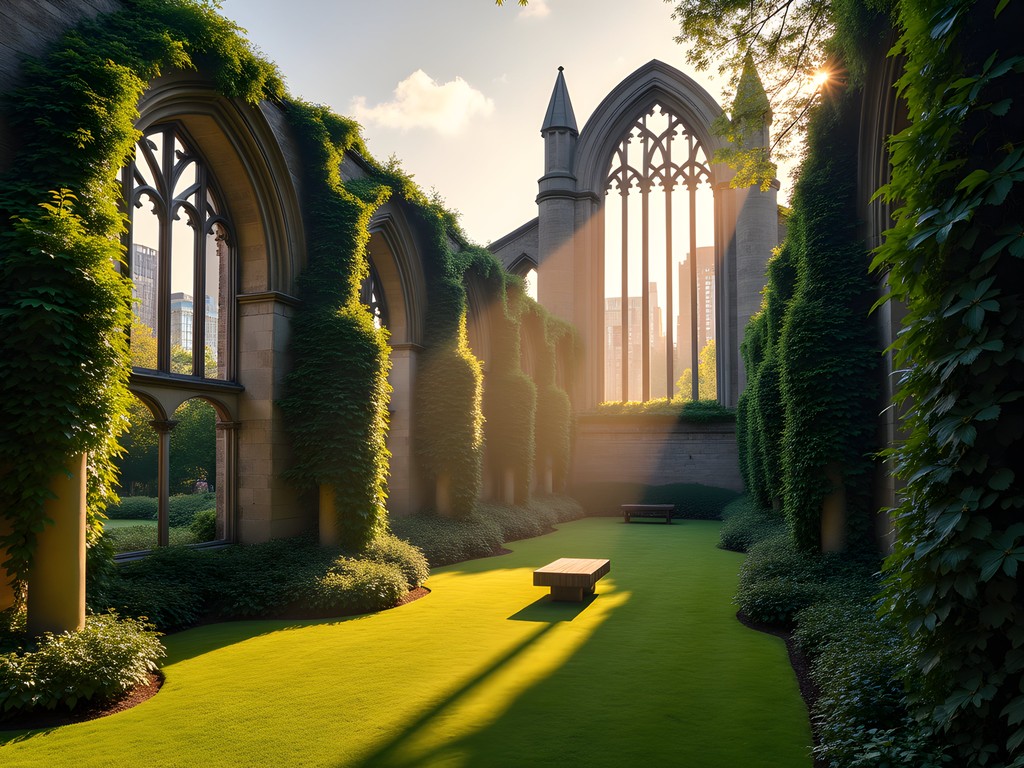
💡 Pro Tips
- Visit early morning (before 8:30am) or evening for the most atmospheric experience with fewest people
- Bring a book and spend time sitting in different corners of the garden
- Look up through the empty window frames for unique perspectives of surrounding skyscrapers
Final Thoughts
London reveals itself most honestly through these overlooked historical treasures—places where the city's complex layers of triumph, tragedy, innovation, and resilience become tangible. What makes these sites special isn't just their historical significance but the intimate connection they offer visitors willing to step beyond the standard tourist circuit. As Elena and I discovered, these hidden gems provide spaces for meaningful conversation and reflection that the crowded major attractions simply can't match. Whether you're fascinated by Roman mysteries, Victorian engineering marvels, or poignant memorials to everyday heroes, London's secret historical corners offer something more valuable than photo opportunities—they offer perspective. So on your next London visit, set aside at least one day to explore beyond the obvious. The city's most rewarding historical experiences are waiting quietly in the shadows of its more famous landmarks, ready to tell their stories to those curious enough to seek them out.
✨ Key Takeaways
- Book free tickets for sites like the Mithraeum well in advance
- Visit early mornings or weekdays to enjoy these hidden gems without crowds
- Combine nearby sites into themed walking routes to discover even more hidden history
- Look for resident-led tours (like at The Charterhouse) for the most authentic experiences
📋 Practical Information
Best Time to Visit
year-round, though spring and fall offer pleasant walking weather with fewer tourists
Budget Estimate
£10-30 per day excluding accommodation (many sites are free or under £10)
Recommended Duration
1 week to comfortably explore these sites alongside major attractions
Difficulty Level
Easy To Moderate (Some Walking Required Between Sites)

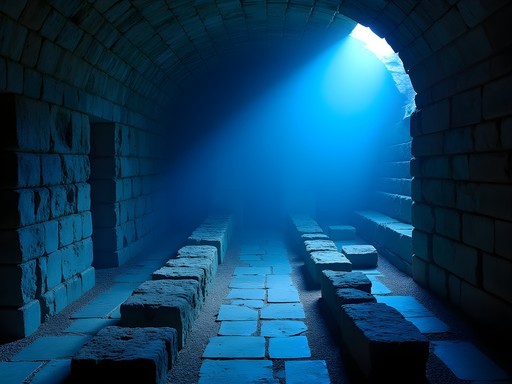
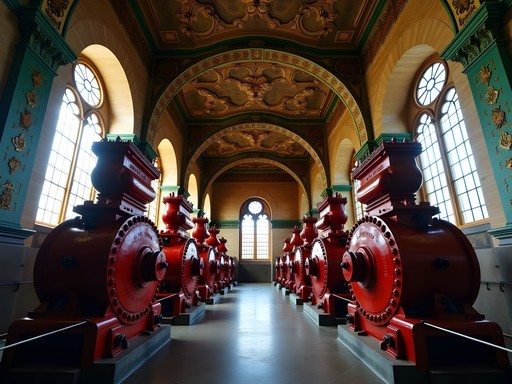
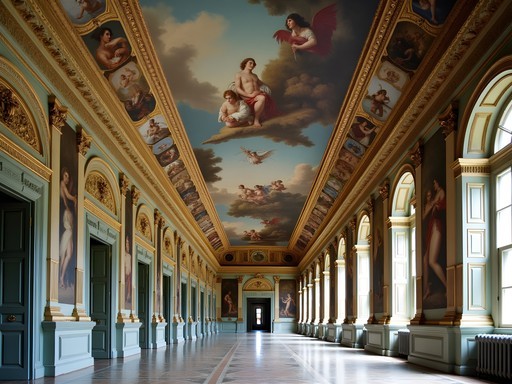
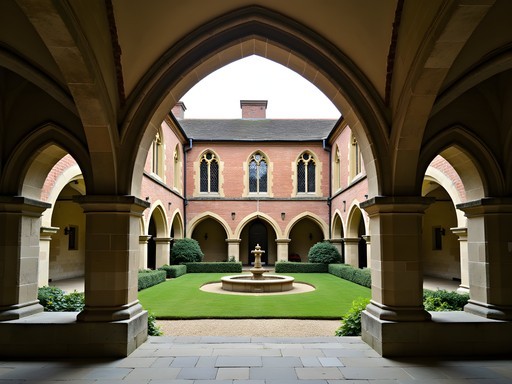
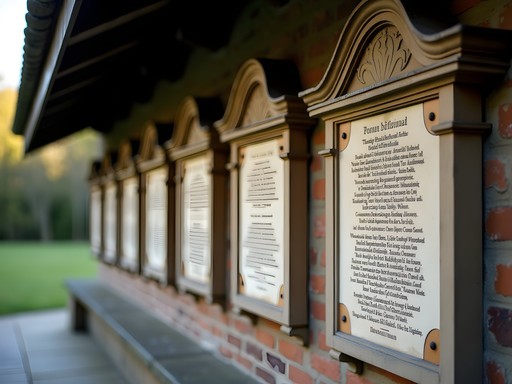
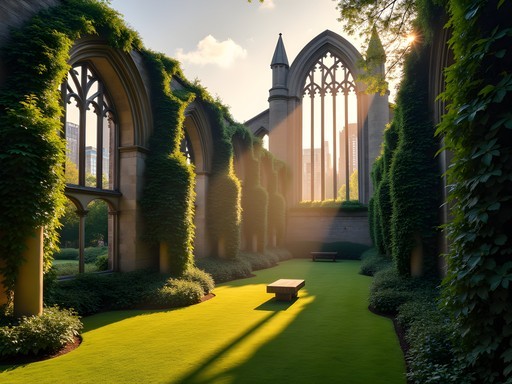


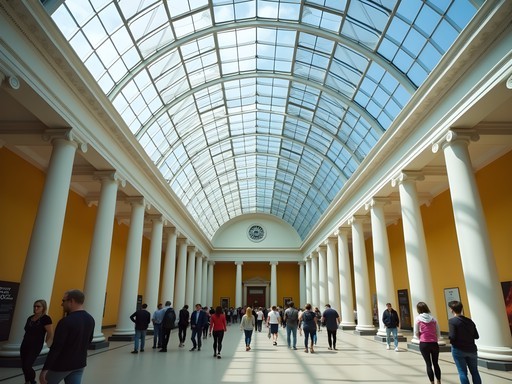




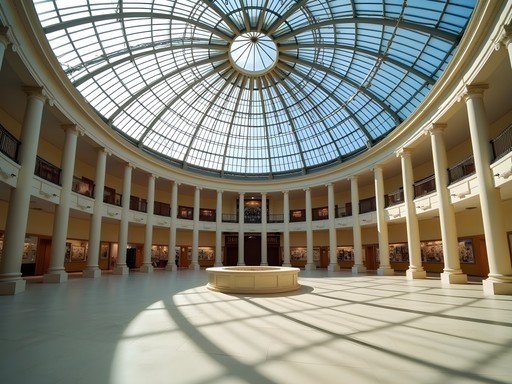
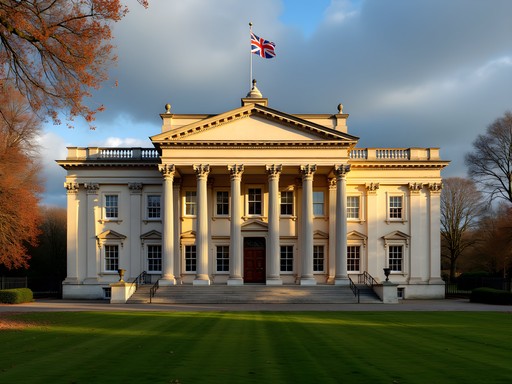

Comments
skymaster
Going to London next month! Which of these would you recommend if I only have time for one? And are any of them kid-friendly?
waveperson7625
The Mithraeum is definitely kid-friendly with the interactive elements, and it's right in the city center so easy to fit into your schedule!
Savannah Torres
Thanks for reading, skymaster! For kids, I'd recommend the Painted Hall - they have great family activity packs and the wow factor of the ceiling paintings impresses all ages. The Mithraeum is fascinating but might be a bit dark and atmospheric for younger children. If you're visiting on a weekend, check if the Charterhouse has their family tours running - they make the medieval history accessible and fun!
greendiver
Has anyone done all these sites in a single trip? Planning 5 days in London and wondering if I can fit most of these in along with the usual tourist spots?
Haley Hamilton
I'd recommend picking 2-3 from this list for a 5-day trip if you're also doing major sites. The Mithraeum is quick (45 mins) but Crossness and Greenwich need at least half a day each. London's big and travel between sites takes time! Maybe group them geographically?
Jean Wells
Excellent compilation of London's less-visited historical treasures. Having lived in London for three years during my academic career, I can attest that these sites offer a much more nuanced understanding of the city's layered history. The Painted Hall at the Old Royal Naval College deserves every bit of praise - I spent nearly two hours examining the ceiling details alone. I would add Dennis Severs' House in Spitalfields to this list - a time capsule experience that immerses visitors in the life of a fictional Huguenot silk weaver family. For serious history enthusiasts, I recommend bringing a good pocket guidebook with historical context, as some of these sites have minimal signage.
skymaster
Dennis Severs' House sounds amazing! Adding it to my list for next month's trip.
Jean Wells
You won't regret it! Just remember it operates on a unique schedule and requires advance booking. They ask visitors to maintain silence throughout the experience, which enhances the immersion.
waveperson7625
Just visited the London Mithraeum last month and it blew my mind! The light and sound show they do to recreate the temple atmosphere is incredible. Totally free too which is rare in London. The Crossness Pumping Station was closed when I tried to go though - check their website as they have limited opening hours!
Jean Wells
Thanks for the tip about checking opening hours. I made that mistake with several smaller London museums on my last visit. Did you need to book the Mithraeum in advance?
waveperson7625
Yes, definitely book the Mithraeum online. It's free but they limit numbers. I went on a weekday morning and it wasn't too crowded.
wavezone
I've been to London three times and never knew about the Charterhouse! How did I miss this? Adding it to my list for next time. Thanks for sharing these gems!
escapeguy
The Painted Hall is STUNNING in person! Photos don't do it justice. We stumbled across it by accident when exploring Greenwich and ended up spending hours there. Definitely worth the trip out of central London!
wavezone
Did you take the boat to Greenwich? That's my favorite way to get there - great views of the city from the Thames!
escapeguy
Yes! The Thames Clipper was perfect. Got some amazing skyline photos too.
Raymond Hassan
What fascinates me about these hidden historical sites is how they reveal London's complex relationship with its past. The Mithraeum exemplifies London's layered history - Roman ruins beneath a Bloomberg building! This juxtaposition of ancient and modern characterizes London more authentically than the typical tourist attractions. I'd recommend adding Sir John Soane's Museum to this list - an architect's home frozen in time with remarkable artifacts and clever use of mirrors and light. I used the London Explorer Pass for several sites on this list plus other attractions - worth considering if you're planning to visit multiple locations.
greendiver
Sir John Soane's Museum is incredible! The way they display the sarcophagus in that tiny space is so cool. And it's free!
hikingninja
Bookmarking this for my trip next spring!
Haley Hamilton
Savannah, I absolutely LOVED this post! The Crossness Pumping Station blew my mind when I visited last year - I call it 'Victorian industrial steampunk heaven' in my own travel journal. The intricate ironwork is insane! One tip for readers: it's only open on specific days, so check their website before planning your visit. And wear comfortable shoes as there's lots of walking. I'd add Dennis Severs' House to this list - it's like stepping into a time portal in Spitalfields. Have you been?
wandermood
This is exactly what I've been looking for! I'm heading to London for the first time next month and want to avoid just the typical tourist spots. How accessible is the London Mithraeum by public transportation?
Savannah Torres
The London Mithraeum is super accessible! It's right by Bank station on the Central Line. And it's FREE, just book ahead online to secure your spot!
wandermood
Perfect! Thanks so much for the quick reply. Adding it to my itinerary now!
Venture X
Premium card with 2X miles, $300 travel credit, Priority Pass